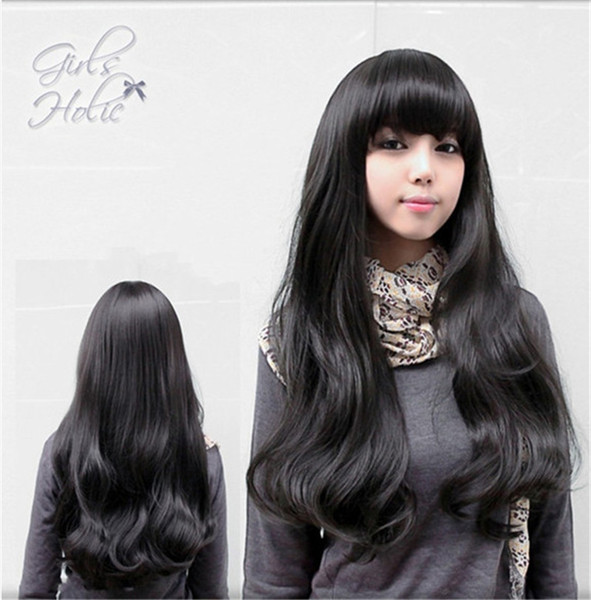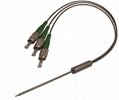
article on the importance of selecting the right rope material for various tasks and the benefits of using ceramic fiber twisted rope for high temperatures.
In various industries, rope is an essential tool that is used for lifting, securing, and towing heavy materials. With so many different types of rope available on the market, it is important to choose the right rope for the job. Selecting the right material for rope is crucial, as different materials provide varying degrees of strength, flexibility, and durability. In this article, we will discuss the Types of Rope Selection Guide and why ceramic fiber twisted rope is an excellent choice for high-temperature applications.
Types of Rope Selection Guide
There are various types of rope available in the market, each with its unique features and benefits. To choose the right rope, you need to consider several factors such as the task you want to accomplish, the environment in which the rope will be used, and the weight that the rope will bear. Below are some of the most common types of rope and their applications:
1. Nylon Rope: Nylon Rope is a strong and durable synthetic fiber that is water-resistant and shock-absorbent. It is commonly used for towing, mooring, and anchoring because of its high tensile strength and stretch resistance.
2. Polypropylene Rope: Polypropylene Rope is a lightweight and affordable synthetic fiber that is ideal for general-purpose use. It is resistant to mildew, oil, and chemicals, and it has excellent resistance to abrasion.
3. Manila Rope: Manila Rope is a natural fiber rope made from the fibers of the abaca plant. It is a strong and durable rope that is resistant to sunlight, stretching, and abrasion. It is commonly used for marine and industrial applications.
4. Steel Cable: Steel Cable is a high-strength rope made from steel strands twisted together. It is ideal for heavy-duty lifting, towing, and hoisting jobs.
Ceramic Fiber Twisted Rope for High Temperature Applications
If you are working in an industry where high temperatures are a concern, you need to choose the right rope that can withstand those conditions. Ceramic fiber twisted rope is an excellent choice for high-temperature applications because of its exceptional insulation properties and resistance to heat.
Ceramic fiber rope is made from high-purity alumina-silica ceramic fibers that are woven together to create a strong and flexible rope. It is ideal for use in industrial furnaces, kilns, and boilers where temperatures can reach up to 1260 degrees Celsius (2300 degrees Fahrenheit). The rope maintains its structural integrity and strength even at high temperatures, making it ideal for applications where other types of rope would break or disintegrate.
Benefits of Ceramic Fiber Twisted Rope
- Exceptional Insulation Properties: Ceramic fiber rope has exceptional insulation properties, making it ideal for use in high-temperature applications where heat needs to be controllably maintained.
- Resistance to Heat: Ceramic fiber rope is highly resistant to heat and can withstand temperatures up to 2300 degrees Fahrenheit, making it perfect for use in industrial furnaces and boilers.

- High Strength: Ceramic fiber rope is highly durable and can withstand heavy loads and repeated use without breaking or fraying.
- Chemical Resistance: Ceramic fiber rope is highly resistant to most chemicals, acids, and alkalis, making it ideal for use in harsh chemical environments.
Conclusion
Choosing the right rope material is crucial in ensuring the success of your project or task. With so many different types of rope available, it is essential to determine the application, the environment in which it will be used, and the weight-bearing capacity needed. Ceramic fiber twisted rope is an excellent choice for high-temperature applications because of its exceptional insulation properties, resistance to heat, high strength, and resistance to chemicals.